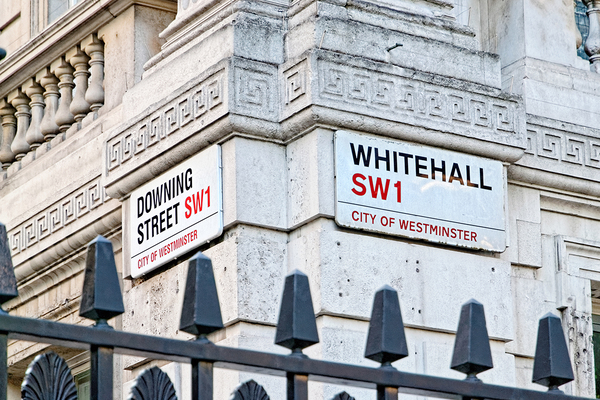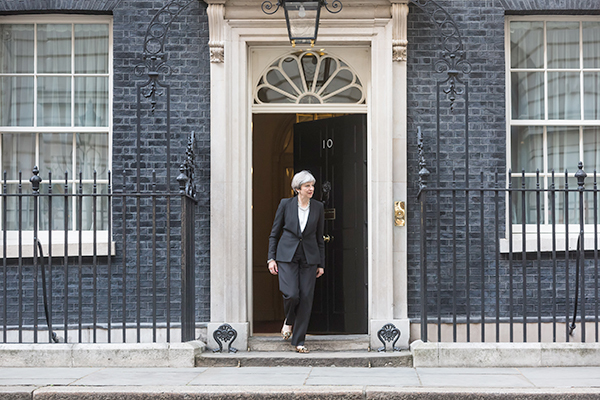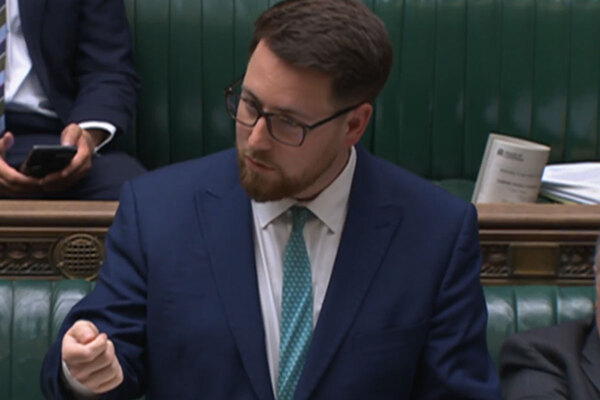You are viewing 1 of your 1 free articles

Why Whitehall badly needs a dedicated housing unit
Current housing policy is confused, with no department taking responsibility, writes Benjamin Clayton
We are grappling with a housing shortage – the scale of which we have not seen since the aftermath of World War Two.
In 2004, economist Dame Kate Barker, then a member of the Bank of England’s Monetary Policy Committee, published a report saying that England needed to build 233,000 to 285,000 new houses per year just to keep up with demand. Yet in the 13 years since, we have not once hit this target.
As a result, the phrase ‘housing crisis’ has become part of the common vernacular. Average house prices are now seven times average income, homeownership has fallen, the number of people renting has risen, and homelessness has soared.
Earlier this month, Dame Barker warned that her homebuilding targets will likely never be met.
Addressing this will not be possible without social housing. The post-War boom worked because it brought together central government, local authorities and the private sector to deliver millions of new homes. Nearly 30 new towns and significant urban extensions were pioneered from 1946 to 1967, including Stevenage, Crawley and Milton Keynes.
“Current housing policy is a morass.”
The total number of new homes per year did not once drop below 200,000 from 1952 to 1980. And council housebuilding actually peaked during the Conservative governments of the 1950s, when 250,000 new local authority homes sprung up every year.
Replenishing Britain’s housing stock today will require restoring this post-War sense of national purpose, crucially including local authorities and housing associations.
In 1968, Britain reached its zenith of housebuilding: new starts rose just above 350,000, with local authorities and housing associations between them accounting for 43% of these (and the private sector 57%).
In 1979, when Margaret Thatcher came to power, the total number of builds was 225,000, with local authorities and housing associations accounting for 47%. In 2014, however, the number of builds was just 115,000, with local authorities and housing associations accounting for only around 17% of that.
The good news is that almost everyone agrees. At the Conservative Party conference last week, Theresa May announced £2bn of new funds for social housing – certainly not a solution, but a start.
On the other side of the aisle, Jeremy Corbyn also put social housing at the heart of his conference speech, promising more state intervention.
Yes, there are big differences between their positions, but on the fundamental issue of the need for local authorities and housing associations to build, there is agreement.
Doing so will require new funds and probably new planning laws. But central government speaking with a clear, purposeful voice would be a good start.
Current housing policy is a morass.
When I was chief of staff at the government’s National Infrastructure Commission, understanding how this works was my job. Here is what I found.
The Treasury, the Department for Communities and Local Government, the Department for Business, Energy and Industrial Strategy, the Cabinet Office, and Number 10 all have some powers over housing, but none of them takes responsibility.
“These government departments send mixed messages to the country’s patchwork quilt of local authorities, mayors, delivery bodies and government agencies.”
In addition, the Department for Transport and other departments whose remits obviously overlap with housing (how do you know where to put the roads if you don’t know where the homes are?) have an ambiguous role.
These departments then send mixed messages to the country’s patchwork quilt of local authorities, mayors, delivery bodies and government agencies.
More than 100 housing associations have to try and interpret these mixed messages, while private developers broadly ignore government commutations and get on with the more lucrative work of building penthouses in Pimlico.
This is why Whitehall needs a housing unit.
We need one effective, accountable body at the heart of government co-ordinating ‘Operation Build Britain’.
Its purpose would be simple: empower local authorities, housing associations and private developers to build more than 250,000 new homes a year between them.
“We need one effective, accountable body at the heart of government co-ordinating ‘Operation Build Britain’.”
Its tasks would include: co-ordinating across government departments, proposing common-sense clarifications of planning laws, managing public funds for housing, and giving clear advice to those on the frontline.
This does not require new funds or new staff.
Instead, existing departments should send their best staff to work for this new housing unit, which should also pull people in from housing associations and private developers who can bring valuable perspectives.
In fact, this unit would simplify bureaucracy by clarifying who has the power, and the responsibility, to deal with Britain’s housing crisis.
Only then will we begin to build again.
Benjamin Clayton, former chief of staff, National Infrastructure Commission












